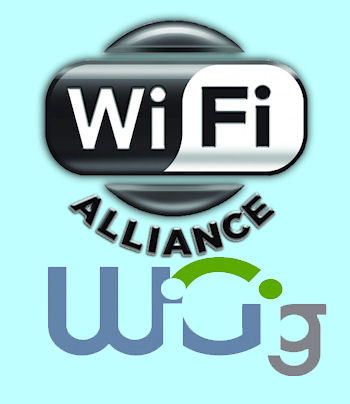Wi-Fi Alliance Hitches Up To WiGig For Faster 60GHz Band

Jumping to 60GHz allows 7Gbps speeds – but maybe at the cost of more power and shorter ranges
The Wi-Fi Alliance is to absorb WiGig, a proposed faster wireless standard, with a promise to support its drive to allow devices to connect at speeds of up to 7Gbps.
The WiGig Alliance, which was working on a fledgling standard for communications in the little-used 60GHz radio spectrum, will formally merge with the well-established Wi-Fi Alliance, which has been promoting Wi-Fi communications in the more conventional part of the radio spectrum for several years. The two have been working together since May, 2010, and the WiGig group has always openly planned to offer its technology as a “third band” for Wi-Fi, alongside the existing 2.4GHz and 5GHz bands.
WiGig emerging
Wireless communication at 60GHz has been around for some time, as far back as 1895, in fact, but got a boost in 2009 with the formation of the WiGig Alliance, backed by industry players including Broadcom, Intel and Microsoft. With the alternative standard, the frequency is higher than existing Wi-Fi, which allows potentially higher data rates but could lead to higher energy consumption and have a shorter range.
The merger is not unexpected: “It has been in the offing for a while,” said Vince Holton, editor of Incisor. “It’s mostly about a big Alliance gaining easy access to some probably useful technology, and provides a lifeline for a much smaller organisation that has tried for some time to establish a new standard, but has to face the fact that it doesn’t have the clout or resources to make it happen alone. And would probably fizzle out otherwise.”
WiGig claims to have surmounted the problems of short range and power usage but products have not appeared overnight. There are WiGig add-in cards and Dell is selling an ultrabook which contains one.
This article appeared on TechWeekEurope. Click here for the full story.